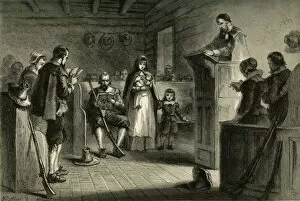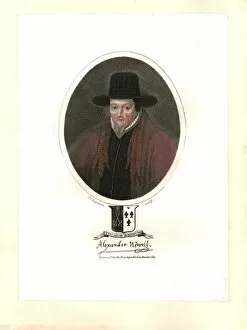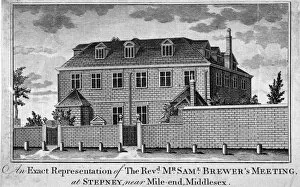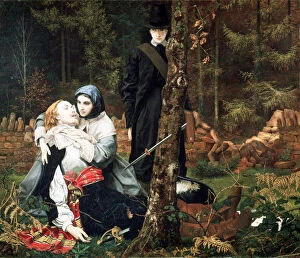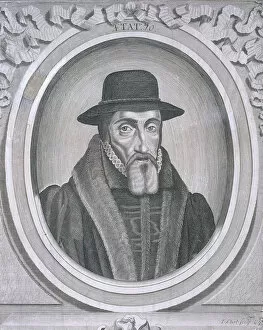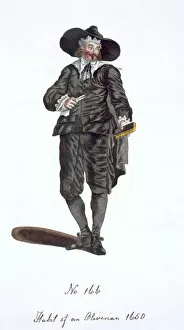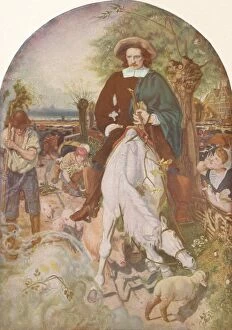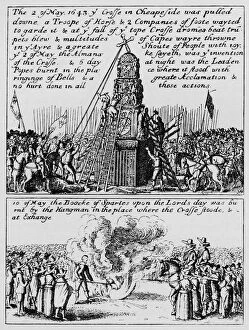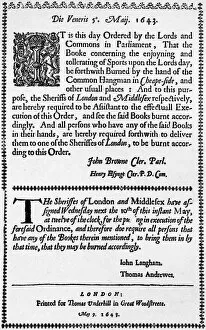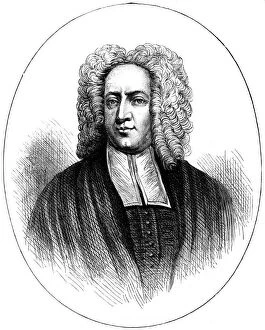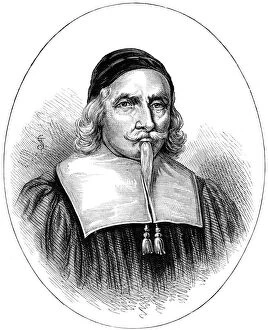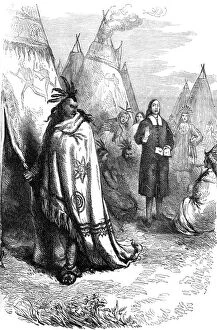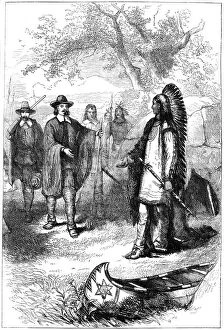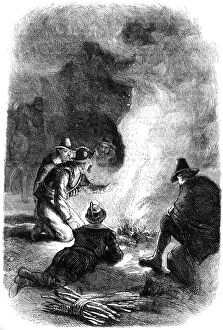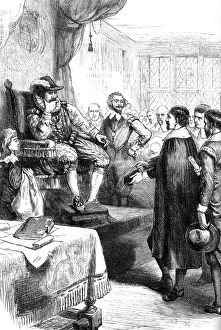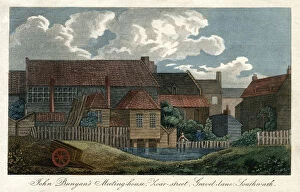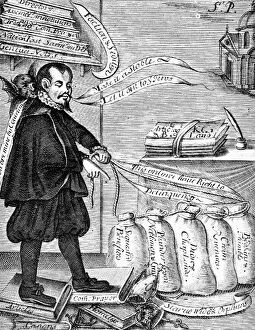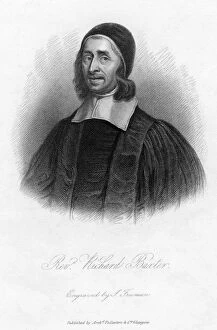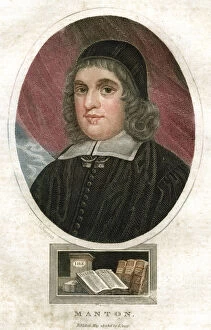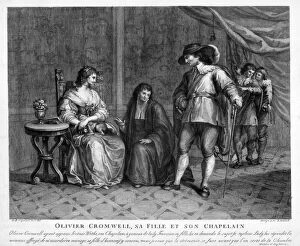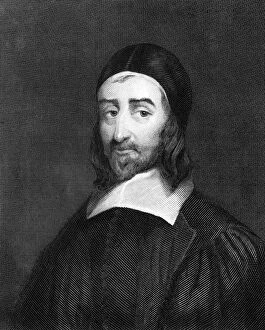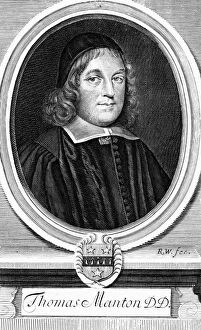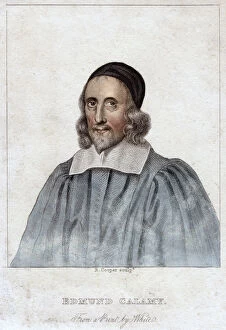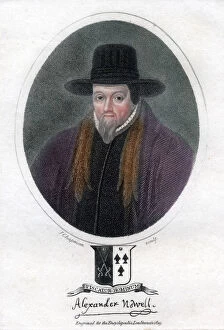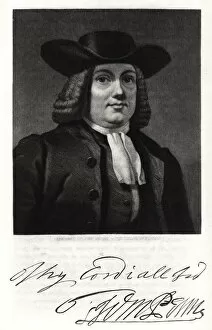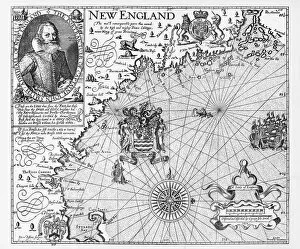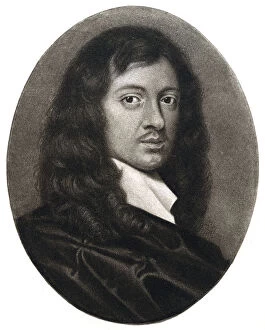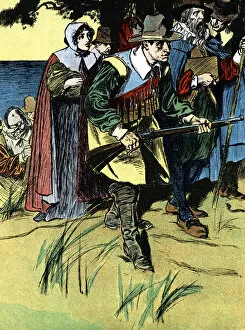Puritanism Collection (#2)
"Puritanism: A Glimpse into the World of Devotion and Controversy" Step back in time to Bury, 1898, as we explore the captivating views that shed light on Puritanism
For sale as Licensed Images
Choose your image, Select your licence and Download the media
"Puritanism: A Glimpse into the World of Devotion and Controversy" Step back in time to Bury, 1898, as we explore the captivating views that shed light on Puritanism. With an unknown creator, these images transport us to a period when Cromwell's influence loomed large (1599-1658). Delve deeper into this religious movement with Kaspar Schwenkfeld, whose teachings challenged traditional beliefs. Witness the South-east view of John Bunyan's meeting house in Southwark, London around 1810 – a place where passionate sermons echoed through its walls. Travel further back to c1600 and witness the Puritans before James I took power. An unknown creator captures their steadfast determination amidst societal turmoil. Henry Burton's engraving provides insight into one individual who played a significant role during this era (1578-1648). Edward Winslow stands before us in his distinctive Puritan attire from 1644 – an image that transports us to a world steeped in faith and conviction. Charles Emile Jacque's portrayal of John Balfour de Burley encapsulates the essence of Puritan devotion. Marvel at Augustus Saint-Gaudens' sculpture "The Puritan, " modeled between 1883-86, which immortalizes this influential movement. Rev. Cotton Mather emerges as another prominent figure who used his powerful influence to overcome challenges faced by his community. As we gaze upon "The Puritan" bronze sculpture from 1883-86, let it serve as a reminder of the unwavering dedication exhibited by those who embraced this way of life. Finally, immerse yourself in true information on the beginning and cause of all our troubles – an invaluable resource for understanding the roots and impact of Puritanism. These glimpses into history provide valuable insights into a time when religious fervor clashed with societal norms.

